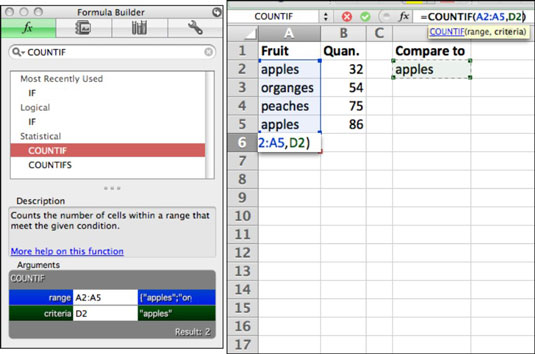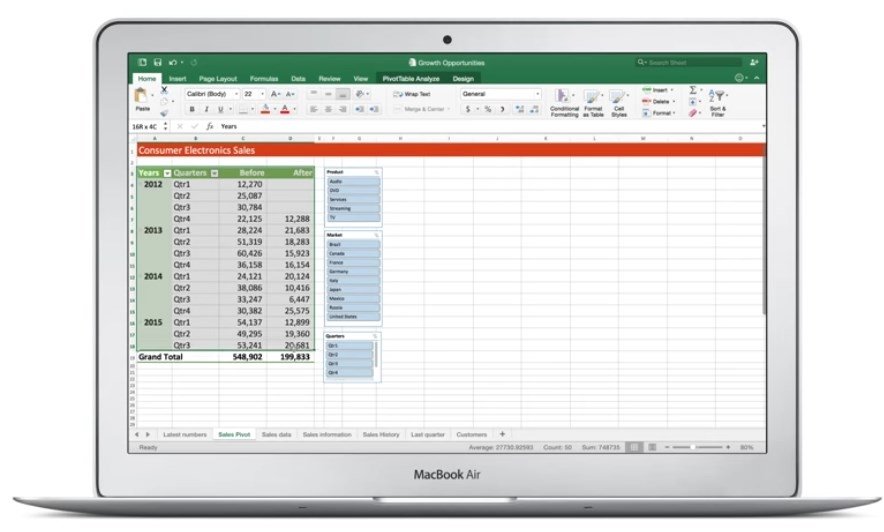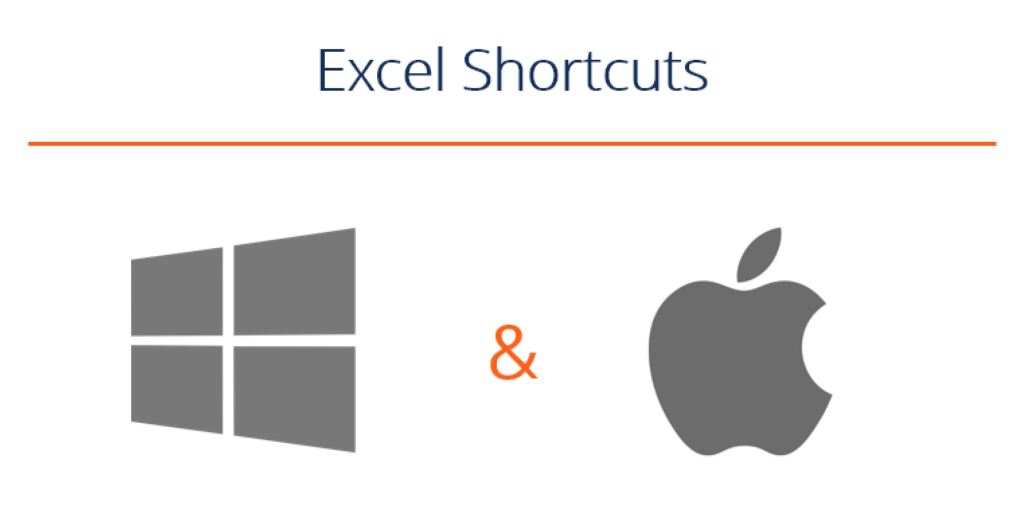
- What to use for excel on mac how to#
- What to use for excel on mac for mac#
- What to use for excel on mac install#
- What to use for excel on mac zip file#
- What to use for excel on mac Pc#
This opens the add-in, but just like an installed add-in, there is no visible workbook or worksheet in Excel. If you don’t want an Excel add-in open all the time, you can simply start it when you need it, using File menu > Open in Excel or double-clicking on the add-in file in Finder.
What to use for excel on mac install#
When you install an add-in, it will load whenever Excel opens, so it is always ready to use. The add-in will remain on the list, to make it easy to reinstall at some future time.

What to use for excel on mac for mac#
Pro Tip: Go to Setup your Mac for Mac Office. Tip: with the Add-ins folder open in Finder, use the shortcut Command+Control+t to add a link to this folder in the Finder Favorites sidebar so it is easy to access the folder another time. You can actually store the add-in in almost any convenient folder you want, but when you use the Add-Ins folder (above), the add-in is listed in the Excel Add-ins dialog, and you will not have to browse to find it and add it to this list. The strange label “UBF8T346G9.Office” was assigned by Apple to Microsoft, and we have to live with it. Now drill down to Group Containers, UBF8T346G9.Office, User Content, and then Add-Ins.

To get to this folder, open a Finder window and click on Go in the Finder menu bar if you press and hold the Option key you will see the hidden Library folder in the list so you can click on it to open it. Users/UserName/Library/Group Containers/UBF8T346G9.Office/User Content/Add-Ins The best place to store the add-in is in the User Add-in Library, which is:
What to use for excel on mac zip file#
If you download a zip file in safari it will automatically Unzip the file and you will find the add-in in your Download folder, if not double click the add-in and it will unzip. Very often, an Excel add-in is packaged in a zip file. An Excel add-in can also be opened like a regular file when you need it, without installing it, though it is still hidden. The add-in can be installed, which means it opens every time Excel opens, so that its functionality is always available. The add-in workbook itself is invisible, though it has one and often more hidden worksheets, where information related to the add-in may be stored. An add-in usually has some user interface elements, such as dialogs (UserForms), buttons on the ribbon, or buttons on context (right-click) menus, so you can access its features. An Add-In is basically a workbook containing some code, that has some other unique properties. Excel Add-InsĪ lot of Excel procedures are packaged in Add-Ins.


What to use for excel on mac how to#
The method can differ on your specific system and version, but these two examples should give you an idea of how to do the same either way. The two examples below give you two methods shown on both Mac and PC. There are different ways to open CSV-files whether you have a older or newer version of Excel.
What to use for excel on mac Pc#
Here is how to open them on a PC or a MAC. On multiple occasions while using WISEflow, it is possible to export lists of user or assessment data to a CSV-file.


 0 kommentar(er)
0 kommentar(er)
